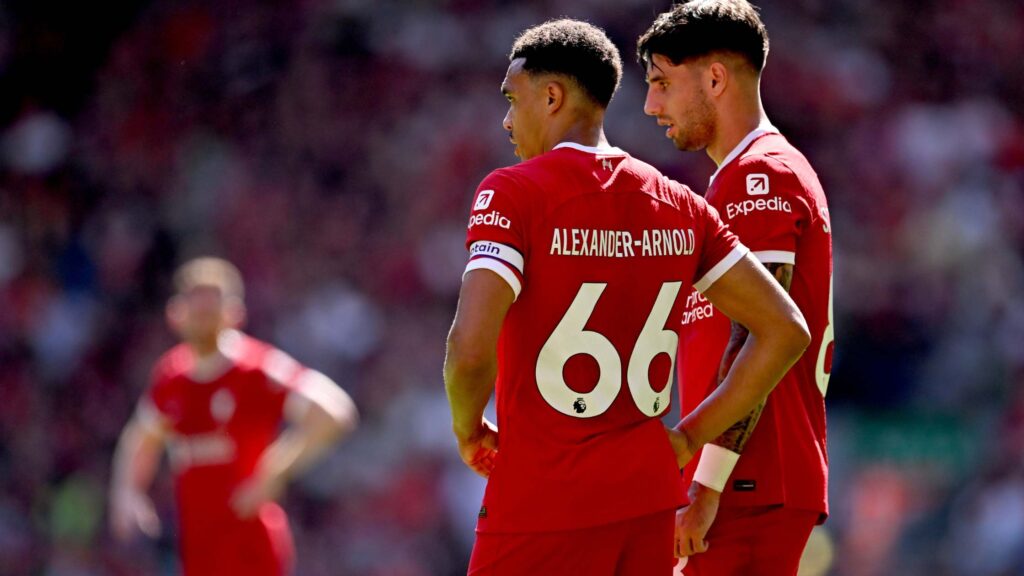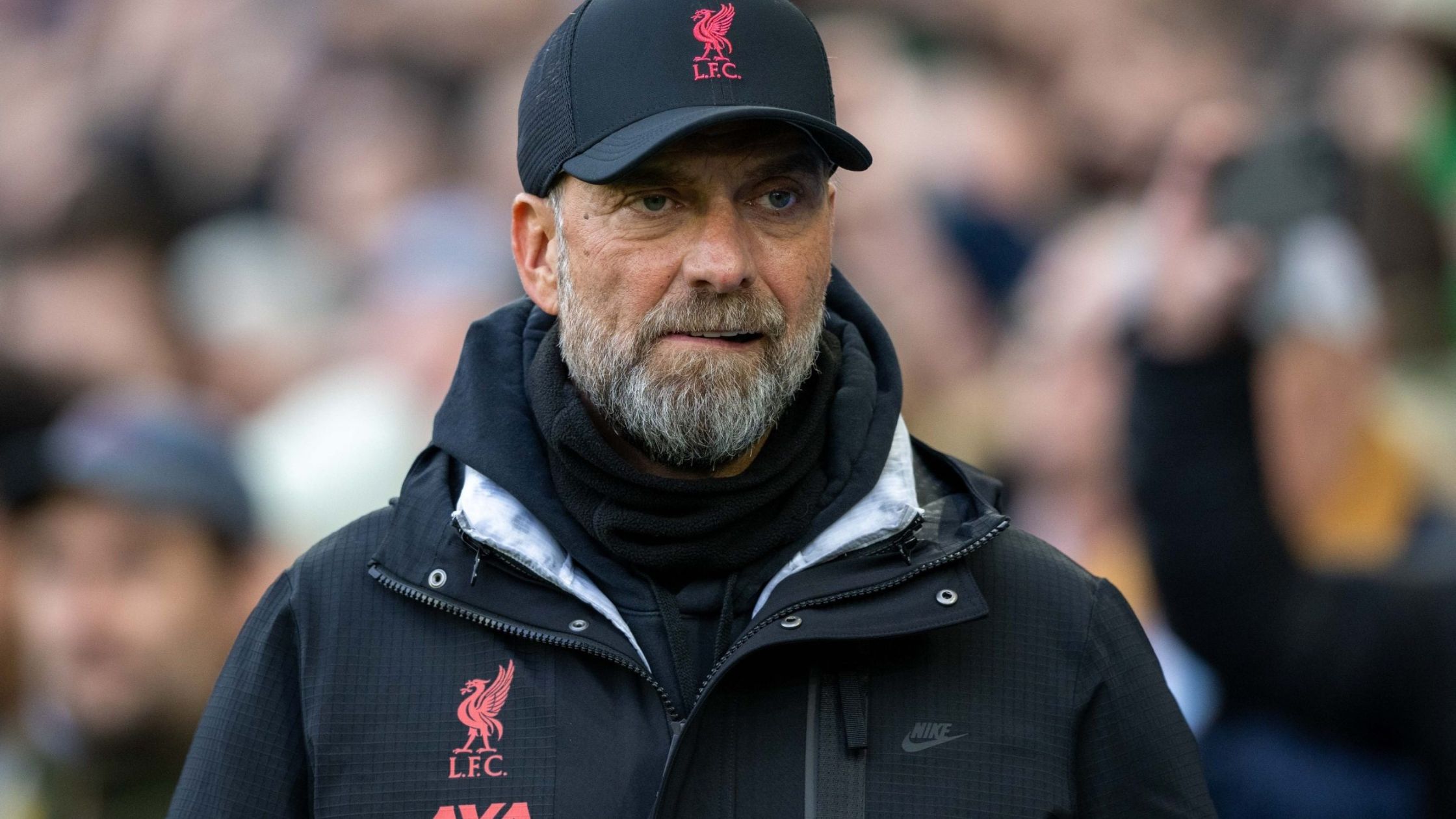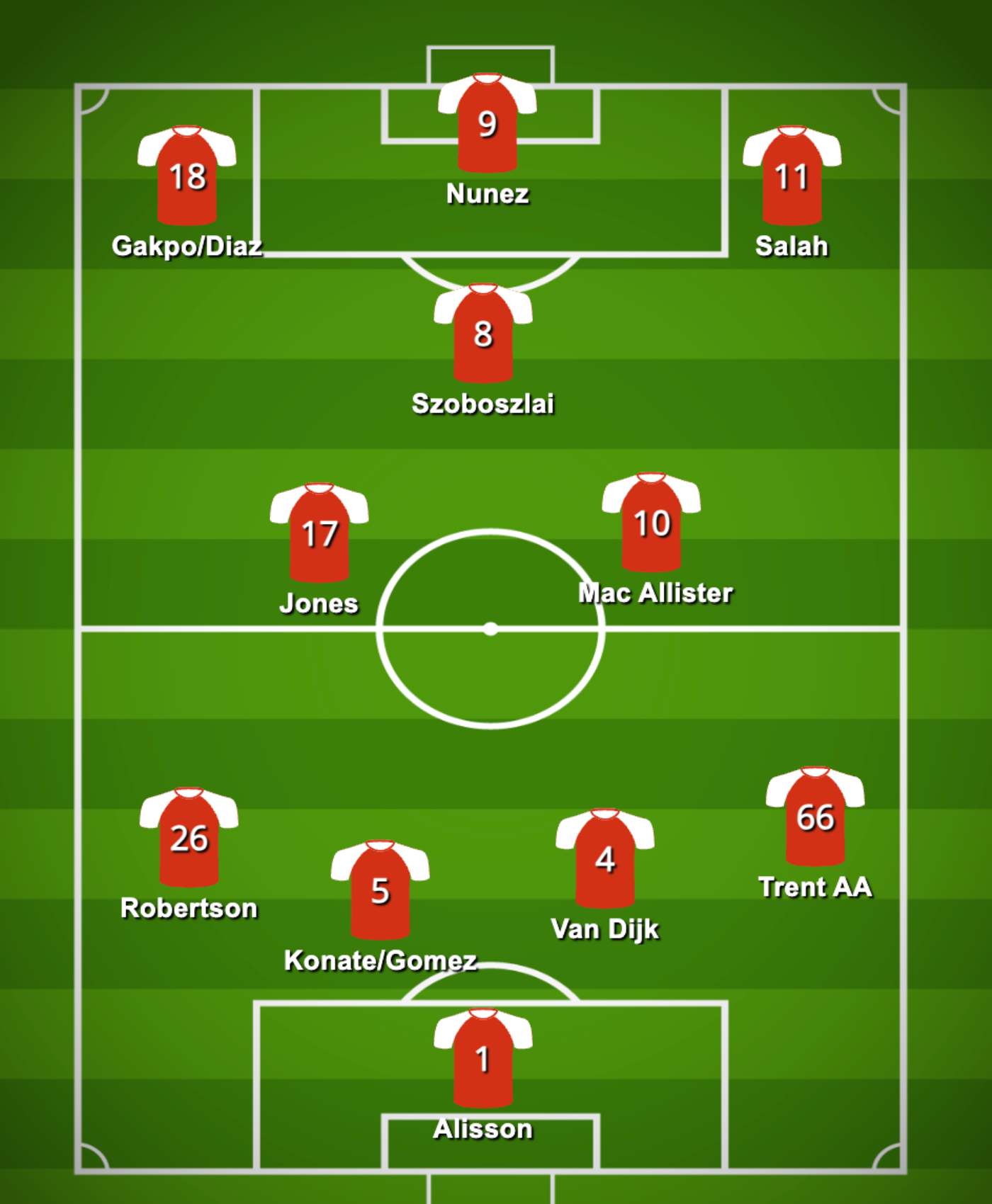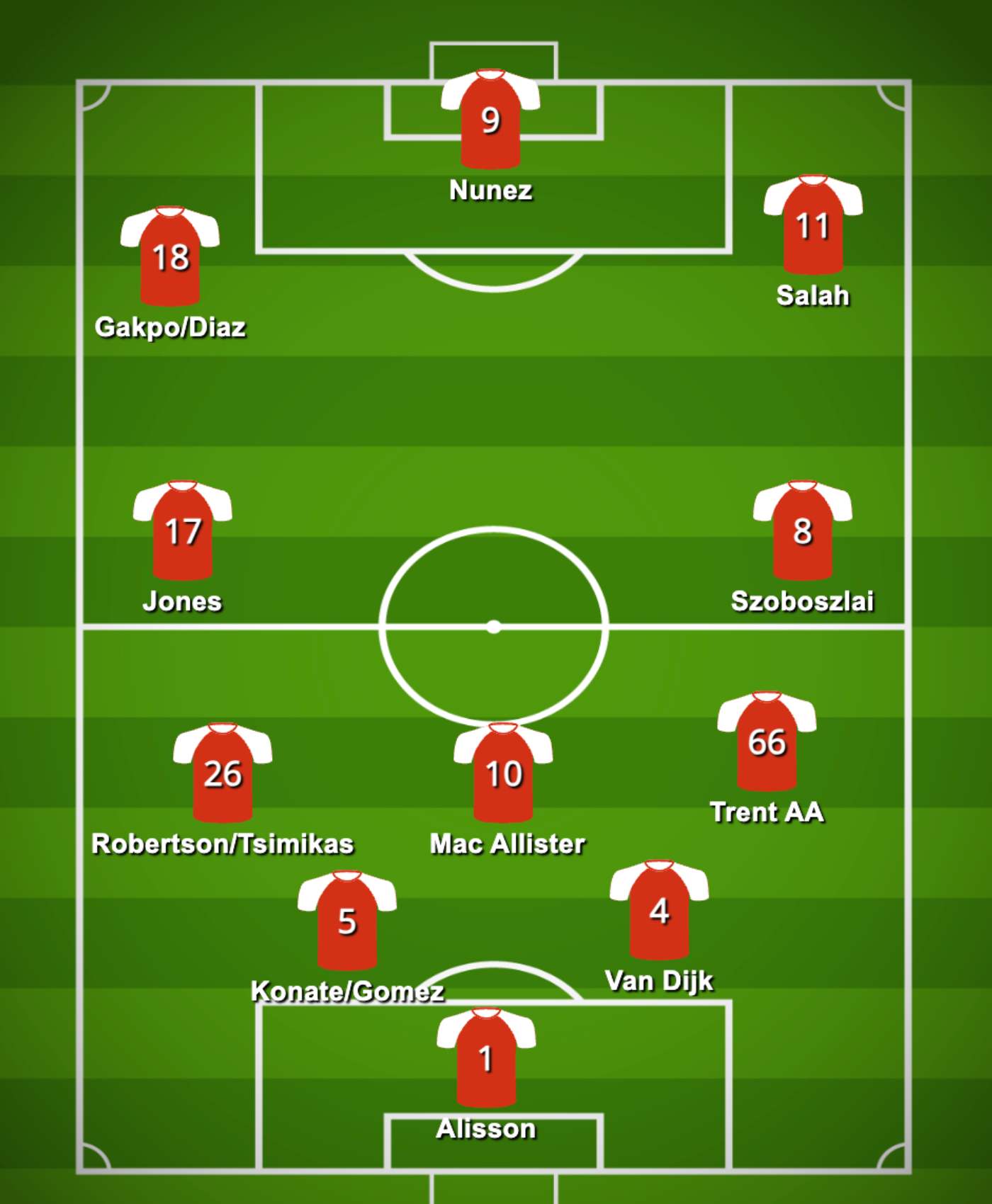Liverpool’s formation wasintegral to Jurgen Klopp’s tactics, which have transformed the Premier League club into an elite team in recent years. But old ways need to change. This season, Liverpool has made a number of exciting changes to its formation. This is likely to have a knock-on effect on its transfer policy and squad building.
We’ve updated this article to showcase the way that Arne Slot’s football philosophy aligns with what Klopp had employed at Liverpool in previous seasons.
Arne Slot’s Ideal Formation and Football Philosophy
Arne Slot has got on to a fine start at Liverpool. The team is in first place in the Premier League while writing this. Much of this is due to the team’s scouting. Slot looks to, indeed, have been the right man to help the team’s current squad improve further.
It should be noted that Slot has made few transfers since taking charge. Keeper Giorgio Mamardashvili was signed as a future replacement for Alisson, while Federico Chiesa was signed as an emergency backup.
Slot likes to use a 4-2-3-1 formation whenever possible. It’s also the system that brought success to Feyernoord. This system easily changes to a 4-3-3 or 4-4-1-1 when needed.
Slot wats his teams to press from the front and to press. There is, however, less intensity with his approach than with Klopp’s. Furthermore, the team looks to get the ball quickly into attacking situations through short passes. Players often switch roles and positions during the build-up.
These tactical systems align with how Liverpool played under Klopp (with some changes regarding pressing intensity and passing) and with the team’s squad.
Slot depends highly on the involvement of the full-backs, and Liverpool has, at least, two of the best in the modern game, Alexander-Arnold and Robertson.
Slot needs a crafty playmaker, and this has been the role of Szboszlai and two strong defensive midfielders. The use of Mac Allister has not been a surprise.
However, it’s been the emergence of Ryan Gravenberch as possibly Liverpool’s best player this season that has made many update their impression of Slot and his man management skills.
Jurgen Klopp’s Tactics and Their Evolution
Jurgen Klopp’s tactics are nearly as famous as the manager himself. When he first arrived at Liverpool, the German brought in the classic “gegenpress” style that had earned him such a reputation back at Borussia Dortmund in the Bundesliga.
Gegenpressing is a highly intensive style of play centred around the idea that possession needs to be earned back as quickly and as high up the pitch as possible. It requires quick players with great stamina and who possess excellent tactical knowledge.
But Liverpool plays a lot of games each season, often in at least four competitions. Klopp has had to adapt. In recent years, investments have been made in the midfield so that Liverpool can better control possession.
Typically, Liverpool plays with a front three. They’ve played with two holding midfielders in recent times. They’ve also played with a back three or with a back four with quick wingbacks.
Through the changes, however, Klopp has kept the same principles. The team plays bravely and aggressively, engaging in tough-pressing and launching into lightning-fast counter-attacks.
The changes have also been worked to accommodate certain individuals either as a way to work them into the squad or to adapt to the needs of a highly congested fixture list.
Liverpool’s formation variations
Jurgen Klopp‘s Liverpool became famous for using a 4-3-3 formation. The expansive front three of Mohamed Salah, Sadio Mane and Roberto Firmino became globally famous. The quick wing-backs, Trent-Alexander Arnold and Andrew Robertson, were the best in the game. And the central midfielders were tireless.
But changes needed to be made, especially following a slump in form. Across 2023, Liverpool has used seven formations, all subtle variations on Klopp’s formula.
Most interestingly, Liverpool has lined up in a 4-4-2 system. Many believed that this was largely out of a desire to work Trent-Alexander Arnold into the squad. The player was having trouble in a wing-back role, unable to track back defensively as much as required.
In a fluid 4-4-2 system, Liverpool no longer played with a False 9. Instead, they used Darwin Nunez as a target forward, not unlike the way Erling Haaland plays for Manchester City. The other forward, usually Mohamed Salah, tends to drift wide on the right, balancing Luis Diaz’s left-wing attacks. Meanwhile, the central midfielders, suck as Dominik Szoboszlai, also offer lateral cover.
Liverpool has also played a more classic 4-4-2 in which two strikers are active out top and where the threat on the wings comes, as was the case in the past, from the full-backs.
The recent 4-3 victory over Fulham was a vintage Liverpool performance, for better and for worse. The 4-3-3 formation frequently transitioned into a 3-4-3 where Alexander Arnold was used as a wide defensive midfielder, and Alexis Mac Allister played just in front of the two central defenders, usually Virgil van Dijk and Joe Gomez.
The last variation has been used the most often recently and has worked the best in terms of results. It involves a good deal of risk, and while Liverpool can be vulnerable to counterattacks, the results show that they remain one of the top clubs in the Premier League.
The Trent-Alexander Arnold conundrum
Trent-Alexander Arnold is not just, historically speaking, the most successful card in FootballCoin. He is also one of the best young players in the Premier League, a fact recognized by most football viewers.
But Trent-Alexander Arnold is also a very attack-minded wing-back with some defensive vulnerabilities. These have come to light more than ever during the 2022/23 season. They may have cost the player a spot in the England national team.
Jurgen Klopp is now utilizing Alexander-Arnold’s extraordinary passing abilities and stamina in a slightly different role. The player will often drift into a defensive midfield position in the centre of the pitch.
This means that someone needs to oversee the right flank. Many of Liverpool’s formation variations have at their heart the need to work Trent-Alexander Arnold into the squad without putting excessive pressure on the team’s defensive capabilities.
Which formation works best?
During the 2023/2024 season, the formation that has worked best for Liverpool has been a 4-3-3 that easily transforms into a 3-4-3. This attacking approach has brought the Reds near the top of the table once more.
Another formation that has been successful over the past 12 months has been a fluid 4-4-2 that also switches to a 3-4-3. Alexandre Arnold’s role in midfield and Mac Allister’s ability to track back have stood at the heart of these changes and their success.
Which formation is Liverpool using this season most often
This season, in the 2023/24 campaign, Liverpool has relied often on the 4-3-3 formula. The style that the team utilizes, however, is highly dependent on the availability of a few core players.
It requires Alexandre Arnold’s ability to transition to a central midfield role. It also requires, at least, an additional competent defensive midfielder. Alexis Mac Allister has proven to be that player. However, the World Cup winner has also suffered injury setbacks.
In his absence, Jurgen Klopp has turned to Curtis Jones to play a more defensive role or to new recruit Wataru Endo, usually used as a substitute. The talented Ryan Gravenberch has been brought in from Bayern Munchen to take on a similar role, but his performances so far have not been of the highest calibre.
This Liverpool is associated with gegenpressing and with a 4-4-3 formation. However, Jurgen Klopp is a smart enough manager to recognize that things change and that managers need to change along with the times.


















